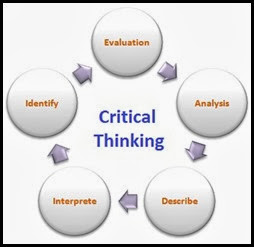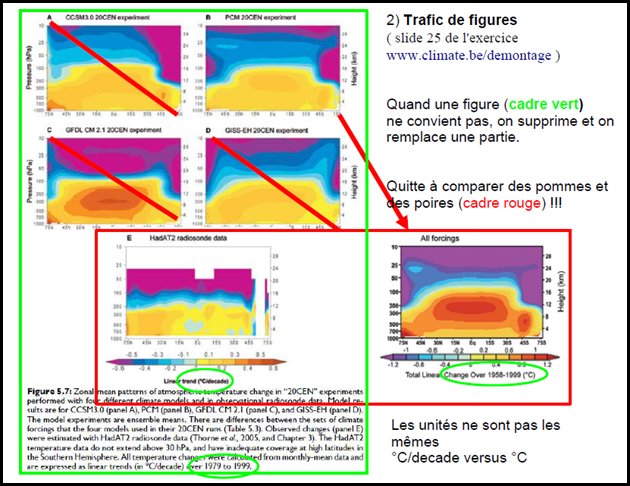They took a random presentation of a pseudoskeptic, and demonstrate what happens if you to take at least the following steps
For every reference used in the presentation:

- check if the cited article hasn’t been retracted/corrected
- check if the ‘conclusion’ used in the presentation actually is the conclusion of the original author
- check if the reference used is an op-ed or a peer review paper
- check if the source is a scientific paper or not
- check if the presentation uses the original legend of the graph
- check if the axis are labelled correctly
- check if the graph actually supports the message of the presentation
- check if the graph is not taken out of context
- when there are several graphs used:
- check if all graphs use the same units and scale
- check if all graphs represent the same time period
- in case of doubt: look for the original data and replot the graph
- check if that statement is referenced
- check if the statement isn’t taken out of context
For every time-period used in the presentation
- check if the time-span used is long enough to be speaking about climate instead of noise (so, no conclusions of a one-year time span etc.)
With just a little critical thinking, you stumble upon issues like this:



There’s some more slides on the TECLIM-page left as an exercise. Enjoy.
No comments:
Post a Comment